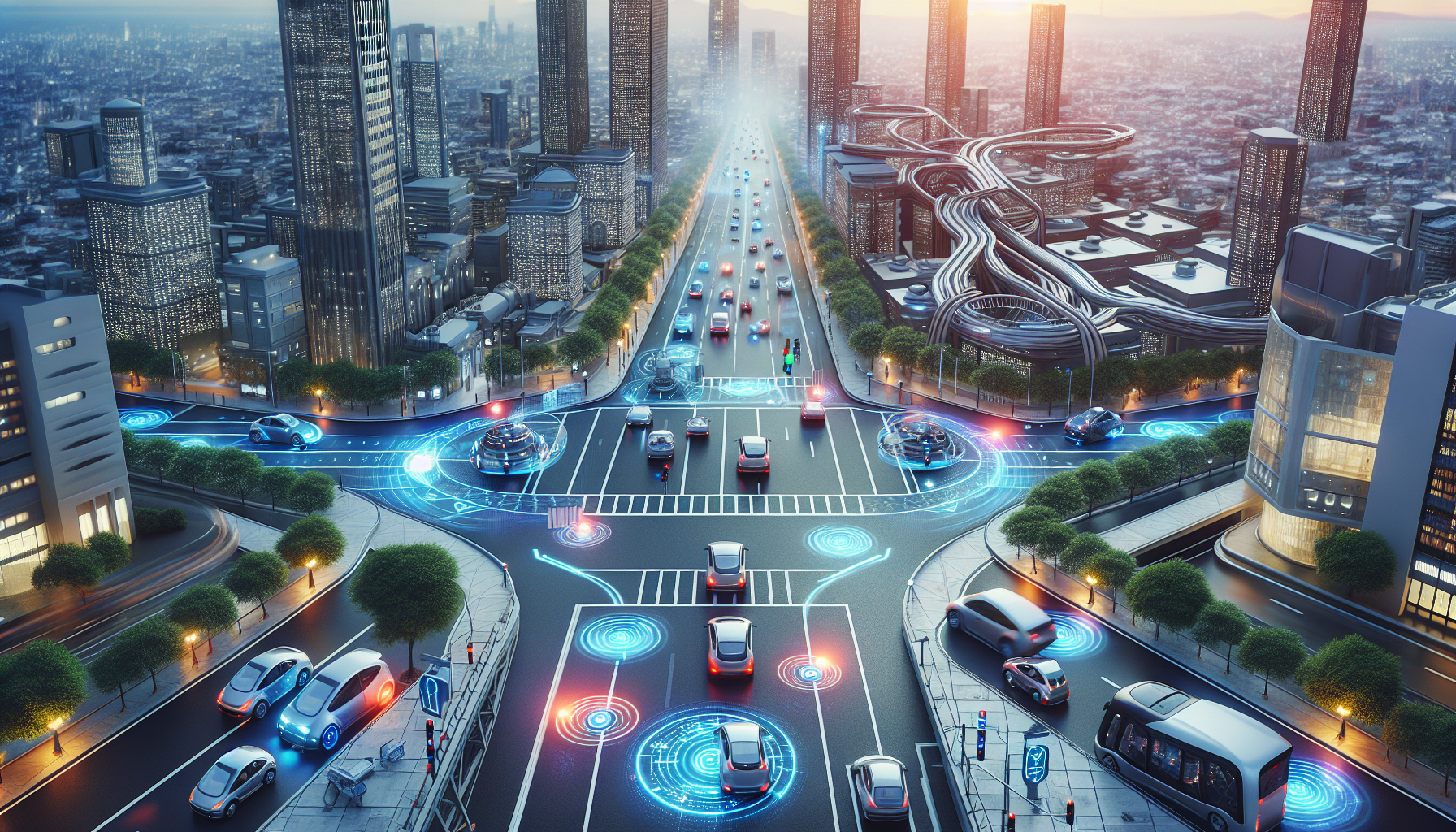Navigating the Evolution of AI-Enabled Robotics in Industrial Automation: The Path to Lights-Out Manufacturing
The concept of fully automated factories has long captivated the manufacturing industry, and recent advances in artificial intelligence (AI) and robotics are turning this vision into a more tangible reality. This blog post explores the evolution of AI-enabled robotics in industrial automation and how it paves the way for lights-out manufacturing.
The Evolution of Industrial Robotics
Early Automation
- Mechanical Automation: Early industrial automation relied on mechanical systems which were not adaptable to changes in production requirements.
- Programmable Logic Controllers (PLCs): Introduction of PLCs allowed repetitive tasks to be performed with high consistency, kickstarting the journey toward more sophisticated automation.
AI Takes the Stage
- Machine Learning Models: AI’s integration into industrial robots began with simple machine learning models that could predict and optimize production processes.
- Advanced Robotics: AI has since propelled the capabilities of robots, empowering them to handle complex tasks and make real-time decisions.
The Rise of Smart Factories
Enhanced Connectivity
- Industrial Internet of Things (IIoT): AI-enabled devices are interconnected, providing a seamless flow of information across the factory floor, enhancing productivity and operations management.
- Data Analytics: The proliferation of sensors and smart devices generates vast quantities of data, which AI systems analyze to uncover insights for improving efficiencies.
Real-Time Decision Making
- Cognitive Automation: Combining AI with cognitive technologies allows robots to learn from past experiences and adapt to new situations.
- Predictive Maintenance: AI-driven analytics predict equipment failures before they occur, reducing downtime and maintenance costs.
The Path to Lights-Out Manufacturing
The Concept
- Lights-Out Manufacturing: A production environment where factories operate autonomously without any human intervention on the shop floor.
Technological Enablers
- Robotic Process Automation (RPA): Automates routine tasks, setting the groundwork for more complex, AI-driven tasks.
- Deep Learning and Neural Networks: These technologies enable robots to perceive and interpret their environment, making intelligent decisions akin to human judgement.
Challenges and Opportunities
- Economic Implications: While initial setup costs are high, the long-term benefits such as improved efficiency and reduced labor costs justify the investment.
- Workforce Transformation: As machines take on more roles, the human workforce will need to adapt, focusing on tasks that require creative and strategic thinking.
Conclusion
The journey toward lights-out manufacturing is a transformative process that leverages the advancements in AI and robotics. It not only enriches industrial production capabilities but also redefines the role of humans in manufacturing. As we approach the future of fully automated factories, the potential for global manufacturing landscapes to evolve dramatically increases, promising unprecedented levels of efficiency and production precision.




